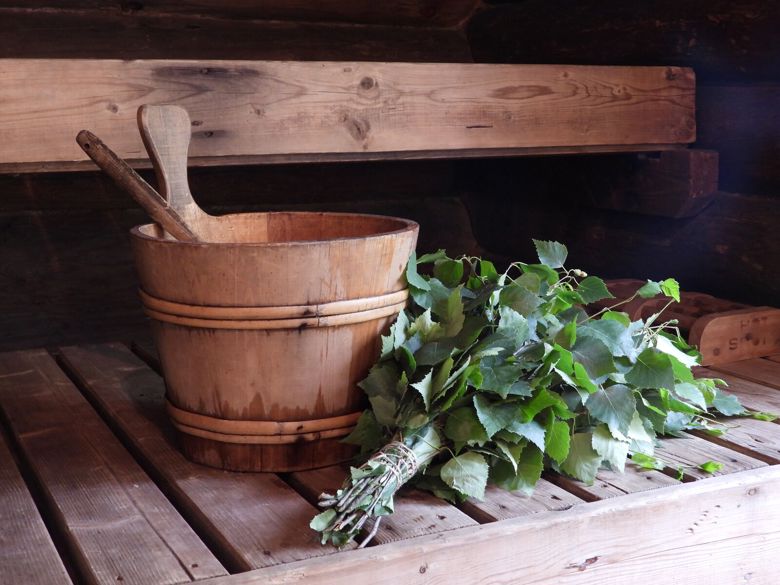Five Tips for Heating the Midsummer Sauna - Aiming for Colourless Smoke

The wood-burning sauna belong to the summer of many Finns and especially to Midsummer. However, wood burning always produces fine particles that are harmful to health. The wood burning methods have a significant impact on the amount of emissions. Helsinki Region Environmental Services Authority HSY gives five tips on how to heat a wood-burning sauna with as little emissions as possible.
Small particles are harmful to health and the climate
Sauna bathing is both pleasant and proven to promote health. However, wood burning always produces fine particles and carcinogenic PAHs that are harmful to health and can be transported deep into the lungs. More than half of the fine particles produced in Finland come from domestic wood burning.
- A significant share of the emissions of wood burning derives from sauna stoves as they are among the most high-emitting fireplaces. The new sauna stoves are usually less emission-intensive than the old ones, says Nelli Kaski, an air quality expert at HSY.
When heating the sauna, it is worth investing in low emissions. When wood burns poorly, particulate emissions are many times higher than when it burns well. Poor combustion also generates a lot of black carbon, or soot, which is transported from the latitudes of Finland to the Arctic and hastens the melting of the ice.
Colourless smoke indicates clean burning
The colour of the smoke from the chimney can be used to determine how cleanly the wood burns. The darker the smoke from the chimney, the more harmful it is. The goal is to make the smoke from the sauna chimney colourless. Then the sauna heats up with the lowest possible emissions.
- In poor combustion, the amount of emissions is many times higher. In other words, everyone’s own combustion methods can affect the amount of emissions. When you learn to ignite your wood-burning stove skillfully, emissions are significantly reduced, Kaski says.
- And you must not burn trash. Waste incineration generates a high concentration of particulate matter, carbon monoxide and PAHs, all of which are harmful to health. The burning of rubbish can also weaken the condition of the stove, Kaski continues.
Five tips for a low-emission sauna
Kaski gives five tips on how to heat the sauna with as low emissions as possible:
- Begin by removing the old ashes.
- First, use small trees to make the trees light up quickly. Good kindling is wood sticks, a small amount of wood, and wood-based kindling pieces.
- Burn only dry wood. Never throw rubbish into the firebox, such as sausage packets, milk cartons, or disposable containers.
- Burn the wood in several batches. Don't fill the firebox. Add more wood only when the flames have faded.
- The right amount of air is required for good combustion. The combustion should be steady, not stunted, when the combustion gets too little air. Burning should also not be too strong with a humming sound. Adjust the air to your own stove according to the instructions for use.
See more tips on wood burning on the Burn Wood Cleanly - HSY website.
For more information:
Wood-burning sauna stove - HSY
Enjoy Your Sauna with Lower Emissions -video